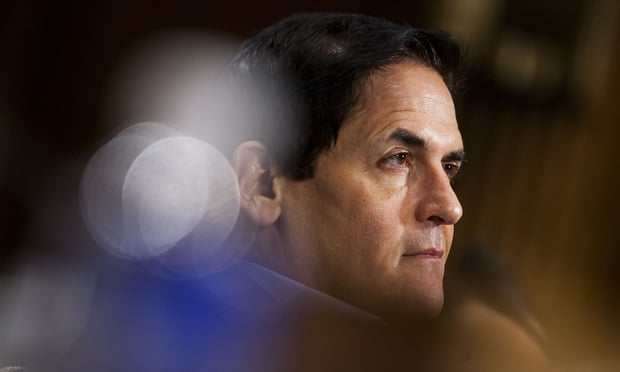The costs of branded pharmaceutical drugs is far outpacing the economic inflation rate of 2 percent as prices jumped 13.3 percent from September 2011 to September 2012, according the 2012 Q3 Drug Trend Quarterly released by Express Scripts.
Meanwhile, generic medication prices have dropped 21.9 percent, widening the gap between brand and generic prices, the report finds.
"The patent cliff has fueled a growing price disparity between brand-name and generic medications," says Steve Miller, M.D., chief medical officer at Express Scripts. "The trend emphasizes the nation's continued need for the tools we employ to help patients make better decisions, including generic use when appropriate."
Recommended For You
Traditional medication spending over the first three quarter fell 0.6 percent from the same time frame in 2011, the research shows. This is mainly attributed to lower costs because of the increased use of generic medications.
Mental and neurological disorders, including antidepressants, make up 24.7 percent of all traditional drug spend, the research finds While usage of these medications rose 3.1 percent compared to the first three quarters of 2011, total spending dove to 1.9 percent because of generic antidepressants and antipsychotics that are now on the market.
For medications treating high blood pressure and high cholesterol, usage fell by 7.7 percent, which is attributed to patent expirations for blockbuster drugs, the research finds.
Specialty drug usage saw double-digital growth from 22.6 percent from the first three quarters of 2012 to the same period in 2011, the research reveals. This is mostly because of unit cost increases. Over the first three quarters, specialty drug costs consumed 20.8 percent of total pharmacy spending.
"The continued rise in spend on specialty medications underscores the nation's need to accelerate the pathway for biosimilars," Miller says. "Additional competition within these therapy classes would provide a necessary market control against price inflation."
Among the three therapy classes of the largest specialty drug spending are rheumatoid arthritis and autoimmune conditions, multiple sclerosis and cancer, the research finds. Common medications for hepatitis C underwent the greatest specialty spend increase with a 117.3 percent jump from the same time frame in 2011. The research finds this is driven by new patients beginning and continuing treatment with one of two new medications.
Of the notable new medications, eight of the nine were approved in the third quarter as specialty medications, the research shows, and many of these are second-line and third-line drugs that treat advanced cancers.
"The potential benefits of these new anti-obesity medications need to be compared against their risks and cost," Miller says. "We are cautiously optimistic about the possibilities of these and other drugs like them, provided that they are prescribed appropriately and integrated with other lifestyle modifying programs that help patients make healthier choices that maintain their weight over time."
© 2025 ALM Global, LLC, All Rights Reserved. Request academic re-use from www.copyright.com. All other uses, submit a request to [email protected]. For more information visit Asset & Logo Licensing.







